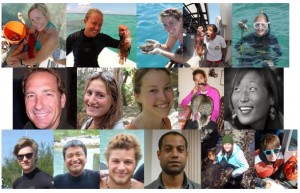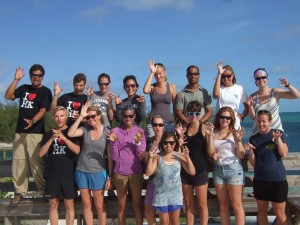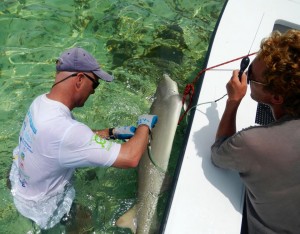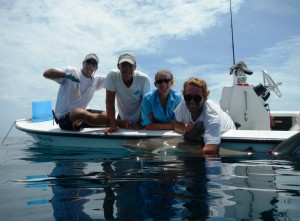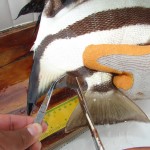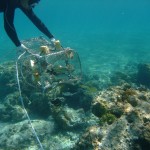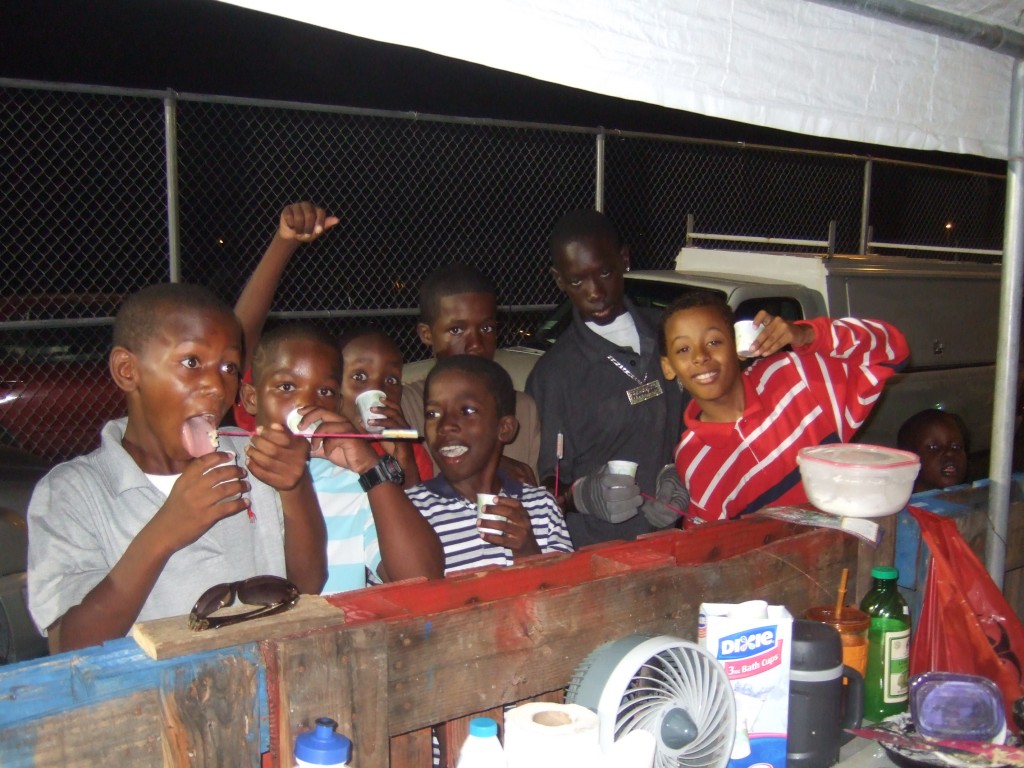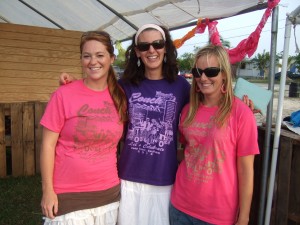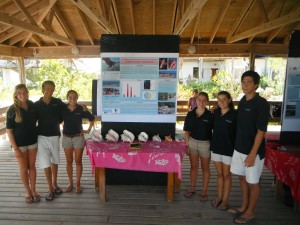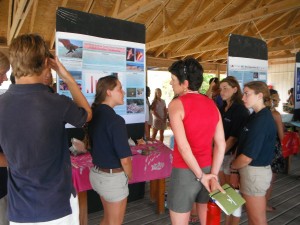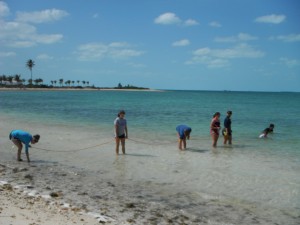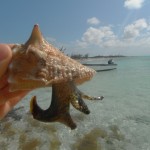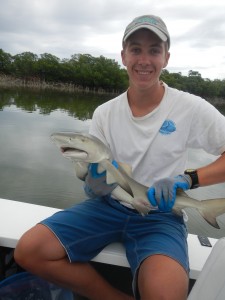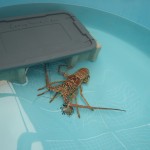The past 12 days have been a whirlwind for a group of 15 students from Carlsbad, Northern San Diego, California. The first week of the program, the students embarked in discovering all the different research areas that CEI is currently involved in. These are just a few of the plethora of activities that we delved into: snorkelling the cage, cutting glass with Sam for the new resource building, jumping off high rock, playing in the pink sand on Harbour Island, observing echinoderms and their tubed feet frenzy over on the sand bar, night wading around the boathouse, followed by many more.
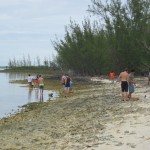
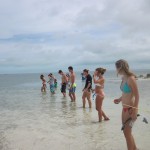 On day one we were out with the flats team seining in some adverse conditions. The rain held us indoors for a couple days, where the student’s day varied from discussing sustainability to dissecting a sponge and learning all about the critters that inhabit the watery pores of a lovely smelling stinker sponge!
On day one we were out with the flats team seining in some adverse conditions. The rain held us indoors for a couple days, where the student’s day varied from discussing sustainability to dissecting a sponge and learning all about the critters that inhabit the watery pores of a lovely smelling stinker sponge!
